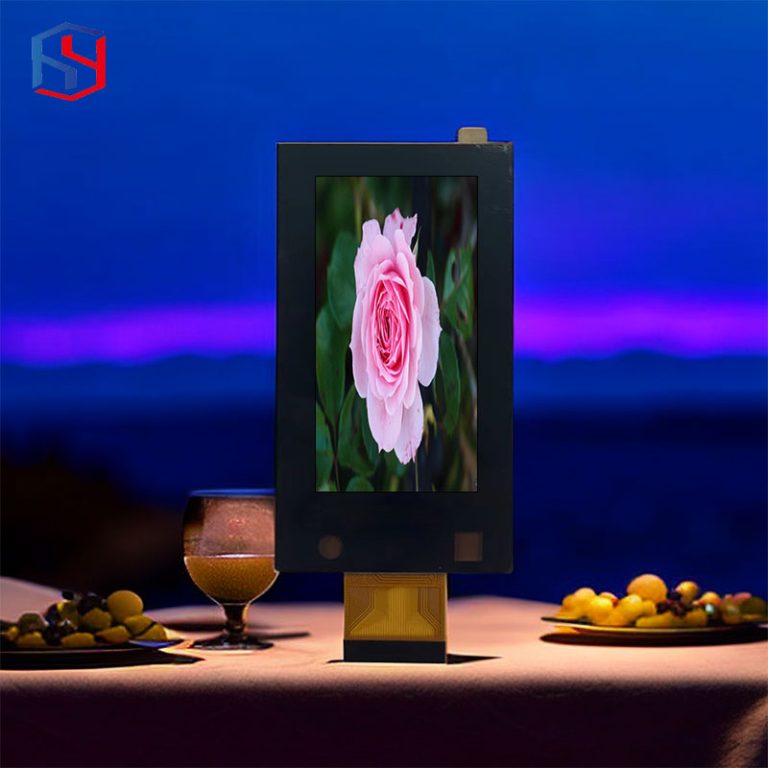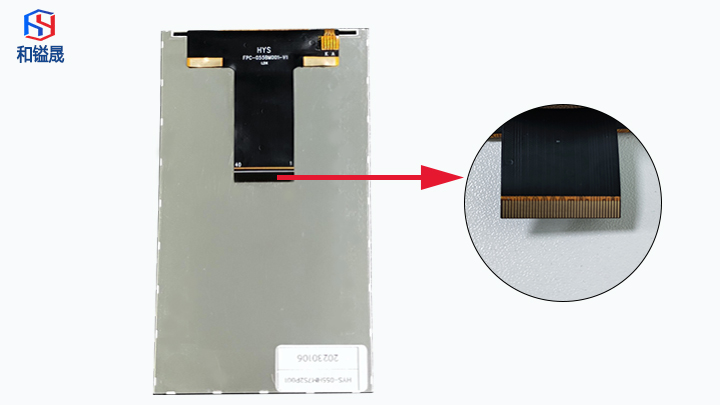Table of Contents
Benefits of Using an LCD On/Off Button in Electronic Devices
In the world of electronic devices, the LCD on/off button plays a crucial role in providing users with a convenient way to control their devices. This small yet powerful button allows users to easily turn their devices on and off with just a simple press. The benefits of using an LCD on/off button are numerous, making it an essential feature in modern electronic devices.

One of the key benefits of using an LCD on/off button is its convenience. With just a press of a button, users can quickly power on or off their devices without having to navigate through complex menus or settings. This simplicity makes it easy for users to control their devices with minimal effort, saving time and frustration.
Additionally, the LCD on/off button provides users with a visual indicator of the device’s power status. When the device is turned on, the LCD button will typically light up or display a specific color, making it easy for users to see at a glance whether the device is powered on or off. This visual feedback helps users quickly determine the status of their device, reducing the likelihood of accidentally leaving it on when not in use.
Another benefit of using an LCD on/off button is its versatility. This button can be customized to perform a variety of functions beyond simply turning the device on and off. For example, some devices may allow users to use the LCD button to switch between different modes or settings, providing additional control and flexibility. This versatility makes the LCD on/off button a valuable feature that enhances the user experience.
Furthermore, the LCD on/off button is often designed to be durable and reliable, ensuring that it can withstand frequent use without wearing out or malfunctioning. This reliability is essential for ensuring that users can consistently and dependably control their devices with the press of a button. By incorporating high-quality materials and components, manufacturers can create LCD on/off buttons that are built to last.
In addition to its convenience, visual feedback, versatility, and reliability, the LCD on/off button also contributes to the overall aesthetic of electronic devices. This button is often designed to be sleek and modern, complementing the device’s overall design and enhancing its visual appeal. By incorporating an LCD on/off button that is both functional and visually appealing, manufacturers can create devices that are not only easy to use but also aesthetically pleasing.
In conclusion, the benefits of using an LCD on/off button in electronic devices are numerous. From its convenience and visual feedback to its versatility, reliability, and aesthetic appeal, this small yet powerful button plays a crucial role in enhancing the user experience. By incorporating an LCD on/off button into their devices, manufacturers can provide users with a simple and effective way to control their devices with just the press of a button.
How to Implement an LCD On/Off Button in Your DIY Projects
Liquid Crystal Display (LCD) screens are commonly used in DIY projects to display information such as temperature, time, or sensor readings. However, sometimes it is necessary to have the ability to turn the LCD screen on or off to save power or reduce distractions. In this article, we will discuss how to implement an LCD on/off button in your DIY projects.
One way to implement an LCD on/off button is to use a physical push button that toggles the display on and off. This can be achieved by connecting the push button to a digital pin on the microcontroller that is controlling the LCD screen. When the button is pressed, the microcontroller can toggle the display on or off by sending a signal to the LCD screen.
Another way to implement an LCD on/off button is to use a software-based approach. This can be achieved by adding a menu option to your project that allows the user to turn the display on or off. When the user selects the option to turn the display off, the microcontroller can stop sending data to the LCD screen, effectively turning it off. When the user selects the option to turn the display on, the microcontroller can resume sending data to the LCD screen, turning it back on.
One important consideration when implementing an LCD on/off button is to ensure that the button is easily accessible to the user. This can be achieved by placing the button in a convenient location on the project enclosure or by adding a dedicated button to the project’s user interface.
It is also important to consider the power consumption of the LCD screen when implementing an on/off button. Turning off the LCD screen when it is not in use can help to save power and extend the battery life of your project. Additionally, reducing the amount of time that the LCD screen is on can help to reduce distractions and improve the overall user experience.
When implementing an LCD on/off button, it is important to test the functionality thoroughly to ensure that the button is working as expected. This can be achieved by testing the button in different scenarios and ensuring that the LCD screen responds correctly to the button press.
In conclusion, implementing an LCD on/off button in your DIY projects can help to save power, reduce distractions, and improve the overall user experience. Whether you choose to use a physical push button or a software-based approach, it is important to consider the accessibility of the button, the power consumption of the LCD screen, and to thoroughly test the functionality of the button. By following these guidelines, you can successfully implement an LCD on/off button in your DIY projects.



